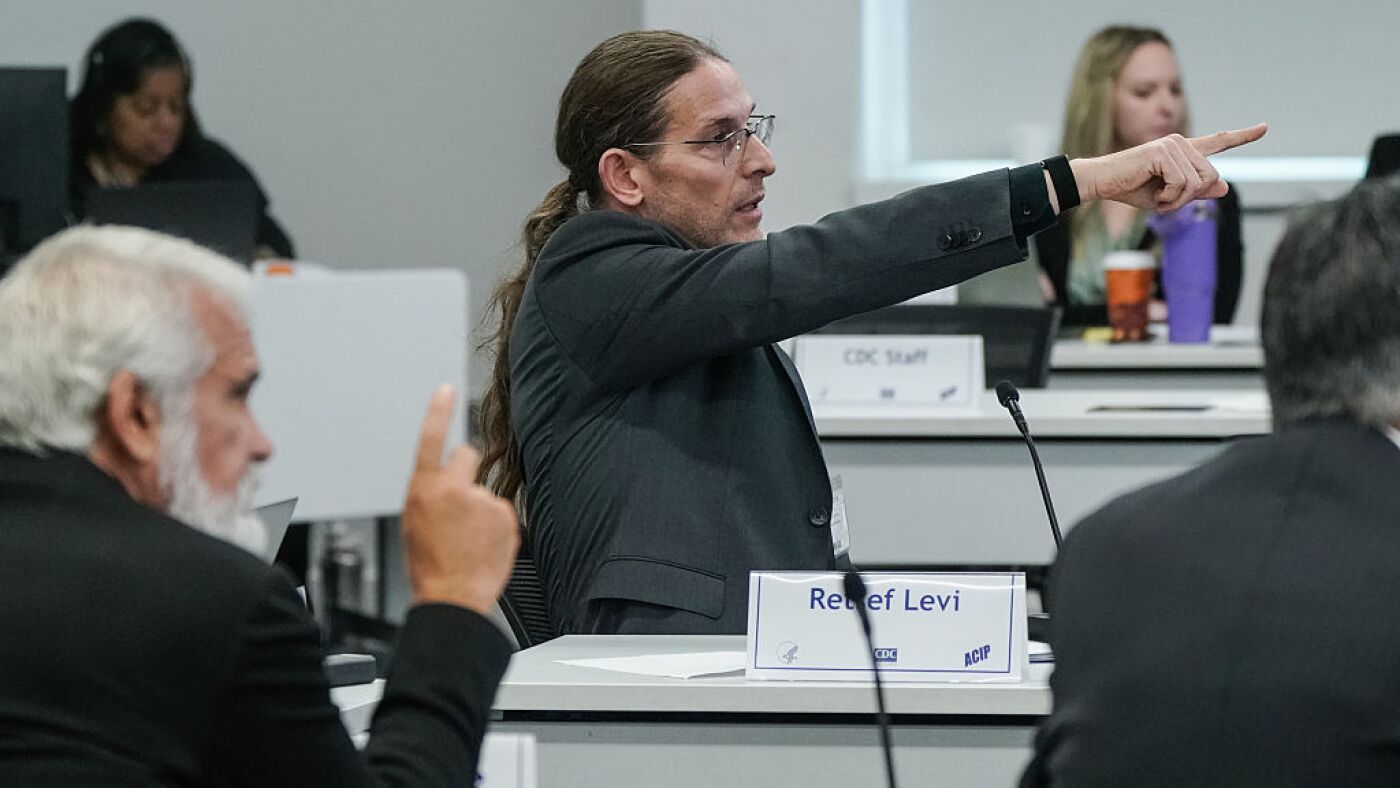Introduction
Blockchain technology has revolutionized industries by enabling decentralized, transparent, and secure transactions. However, as adoption grows, scalability remains a critical challenge. Most blockchains, including Bitcoin and Ethereum, face limitations in transaction speed and cost due to their underlying consensus mechanisms.
Layer-2 (L2) solutions have emerged as a promising answer to these scalability issues. By processing transactions off-chain while still leveraging the security of the main blockchain (Layer-1), L2 solutions enhance throughput, reduce fees, and improve user experience—paving the way for mass adoption.
This article explores Layer-2 solutions in depth, covering their mechanisms, real-world applications, recent advancements, and future implications for blockchain scalability.
Understanding Layer-2 Solutions
What Are Layer-2 Solutions?
Layer-2 solutions are secondary protocols built on top of existing blockchains (Layer-1) to improve scalability without altering the underlying architecture. They handle transactions off-chain and later settle them on the main chain, reducing congestion and costs.
Why Are They Necessary?
- Scalability Issues – Blockchains like Ethereum process only 15-30 transactions per second (TPS), far below Visa’s ~24,000 TPS.
- High Gas Fees – Network congestion leads to exorbitant transaction fees, making microtransactions impractical.
- User Experience – Slow confirmations deter mainstream adoption for payments, gaming, and DeFi.
Layer-2 solutions address these challenges by increasing throughput while maintaining security and decentralization.
Types of Layer-2 Solutions
Several L2 approaches exist, each with unique trade-offs between speed, security, and decentralization.
1. Rollups
Rollups bundle multiple transactions into a single batch, submitting only compressed data to the main chain. There are two primary types:
- Optimistic Rollups (e.g., Arbitrum, Optimism)
- Assume transactions are valid unless challenged.
- Faster but require a fraud-proof mechanism.
- ZK-Rollups (e.g., zkSync, StarkNet)
- Use zero-knowledge proofs to validate transactions instantly.
- More secure but computationally intensive.
Recent Development: Ethereum’s Dencun upgrade (March 2024) introduced EIP-4844 (Proto-Danksharding), reducing rollup costs by 10-100x.
2. State Channels
State channels allow participants to transact privately off-chain, settling only the final state on the mainnet.
- Example: Bitcoin’s Lightning Network enables instant, low-cost BTC payments.
- Use Case: Micropayments for streaming or gaming.
3. Sidechains
Sidechains are independent blockchains connected to the main chain via bridges.
- Example: Polygon PoS (formerly Matic) processes transactions faster than Ethereum.
- Trade-off: Some sidechains sacrifice decentralization for speed.
4. Plasma
Plasma chains are scalable frameworks that periodically commit checkpoints to the main chain.
- Example: OMG Network (now part of Boba Network).
- Challenge: Limited smart contract functionality.
Real-World Applications of Layer-2 Solutions
1. Decentralized Finance (DeFi)
DeFi protocols benefit immensely from L2 solutions, reducing gas fees and improving transaction speeds.
- Arbitrum and Optimism host popular DeFi apps like Uniswap and Aave.
- Total Value Locked (TVL) on L2s exceeded $36B in 2024 (L2Beat).
2. Gaming & NFTs
Blockchain gaming requires fast, low-cost transactions for in-game assets.
- Immutable X (an Ethereum L2 for NFTs) enables gas-free minting and trading.
- Polygon powers NFT marketplaces like OpenSea.
3. Payments & Micropayments
Layer-2 solutions make crypto payments viable for everyday use.
- Starbucks Odyssey uses Polygon for NFT-based loyalty rewards.
- Lightning Network processes ~1M daily Bitcoin transactions.
4. Enterprise Blockchain
Businesses leverage L2 solutions for supply chain tracking and private transactions.
- Polygon Supernets help enterprises deploy custom blockchains.
Key Insights & Statistics
- Ethereum L2s now process more transactions than Ethereum itself (2024 data).
- Arbitrum leads in TVL with over $18B, followed by Optimism ($7B).
- ZK-Rollups are expected to dominate by 2025 due to their efficiency.
Future Implications & Trends
1. Ethereum’s Roadmap & Layer-2 Integration
Ethereum’s shift to a rollup-centric roadmap means L2s will play a central role in scaling. Future upgrades like Danksharding will further enhance rollup efficiency.
2. Interoperability Between L2s
Projects like Chainlink CCIP and Polygon AggLayer aim to unify L2 ecosystems, enabling seamless cross-chain transactions.
3. AI & Blockchain Synergy
AI-powered L2 solutions could optimize transaction batching and fraud detection.
4. Regulatory Considerations
As L2 adoption grows, regulators may scrutinize privacy-focused solutions like ZK-Rollups.
Conclusion
Layer-2 solutions are the key to unlocking blockchain’s full potential. By enhancing scalability, reducing costs, and improving usability, they bridge the gap between early adopters and mainstream users.
With continuous innovation—from rollups to AI-enhanced L2s—the future of blockchain is faster, cheaper, and more accessible than ever. As Ethereum and other networks evolve, Layer-2 solutions will remain at the forefront of the next wave of decentralized applications.
For developers, investors, and enterprises, understanding and leveraging L2 technology is no longer optional—it’s essential for staying ahead in the blockchain revolution.
Would you like a deeper dive into any specific Layer-2 project or technology? Let us know in the comments!




